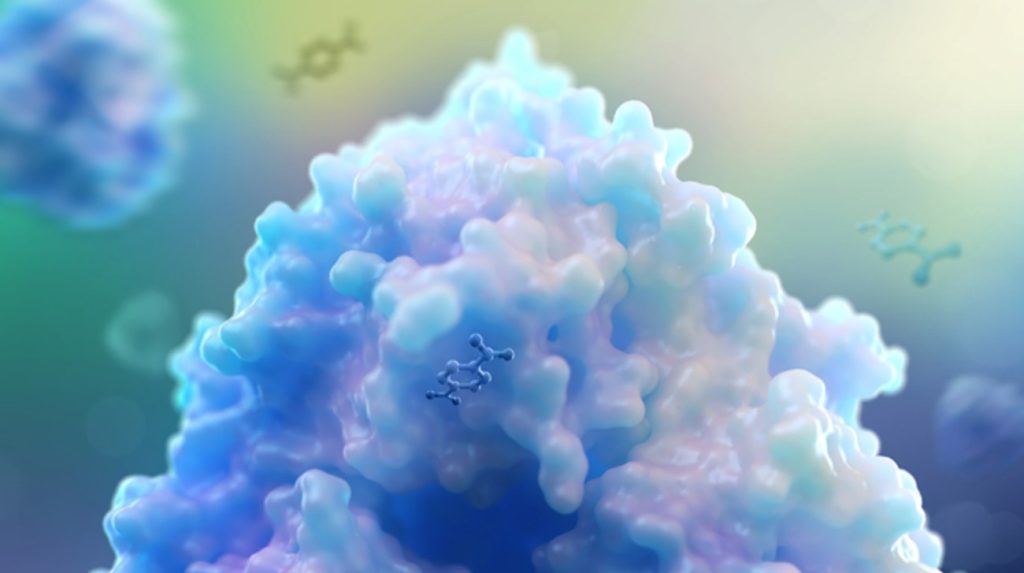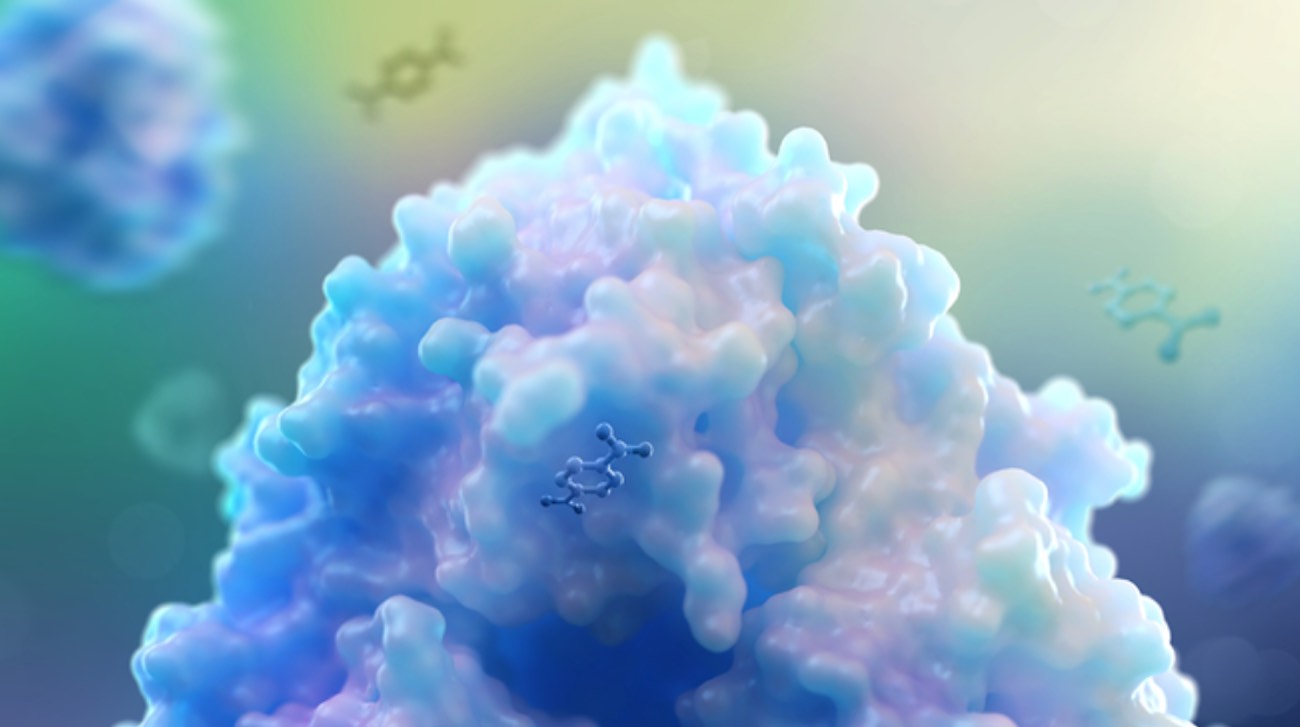
Scientists who helped pioneer the use of enzymes to eat plastic have taken an important next step in developing nature-based solutions to the global plastics crisis.
They have characterized an enzyme that has the remarkable capacity to break down terephthalate (TPA)—one of the chemical building blocks of polyethylene terephthalate (PET) plastic, which is used to make single-use drinks bottles, clothing and carpets.
The research was co-led by Professor Jen DuBois of Montana State University, and Professor John McGeehan from the University of Portsmouth in England.
In 2018, McGeehan led the international team that engineered a natural enzyme that could break down PET plastic. The enzymes (PETase and MHETase) break the PET polymer into the chemical building blocks ethylene glycol and TPA.
This new research, published in the peer-reviewed publication, Proceedings of the National Academy of Sciences, describes the next steps, specifically for managing TPA.
“While ethylene glycol is a chemical with many uses—it’s part of the antifreeze you put into your car, for example—TPA does not have many uses outside of PET, nor is it something that most bacteria can even digest,” said Professor DuBois. “However, the Portsmouth team revealed that an enzyme from PET-consuming bacteria recognizes TPA like a hand in a glove.”
Her team at MSU then demonstrated that this enzyme, called TPADO, breaks down TPA and pretty much only TPA, with “amazing efficiency”.
“The last few years have seen incredible advances in the engineering of enzymes to break down PET plastic into its building blocks,” said Professor McGeehan, who is the Director of Portsmouth University’s Centre for Enzyme Innovation.
POPULAR: New Company Turns 100 Tons of Non-Recyclable Plastic Into Building Blocks For Construction
“This work goes a stage further and looks at the first enzyme in a cascade that can deconstruct those building blocks into simpler molecules. These can then be utilized by bacteria to generate sustainable chemicals and materials, essential making valuable products out of plastic waste.”
Using a powerful X-ray, they were able to generate a detailed 3D structure of the TPADO enzyme, revealing how it performs this crucial reaction.
“This provides researchers with a blueprint for engineering faster and more efficient versions of this complex enzyme,” says McGeehan.
LOOK: Top 10 Wins For the Planet in 2021 – These Will Turn Anyone Into an Optimist
With more than 400 million tons of plastic waste produced each year, it is hoped this work will open the door to improve bacterial enzymes, such as TPADO. This will help tackle the challenge of plastic pollution and develop biological systems that can convert waste plastic into valuable products naturally.
The study was undertaken as part of the BOTTLE Consortium, an international collaboration between the US and UK, bringing together researchers from across a wide range of scientific areas to tackle plastic recycling and upcycling.
UPCYCLE This Breakthrough News With Eco-Friends on Social Media…




















